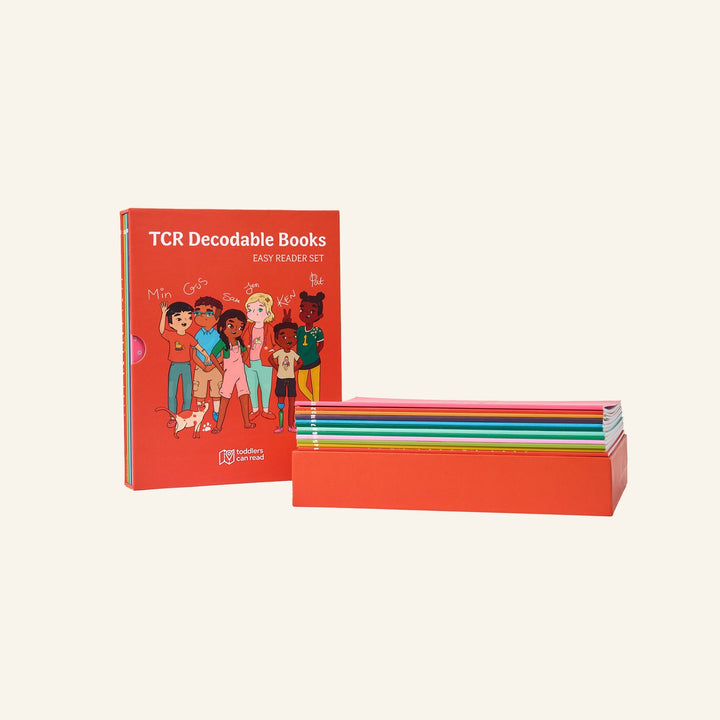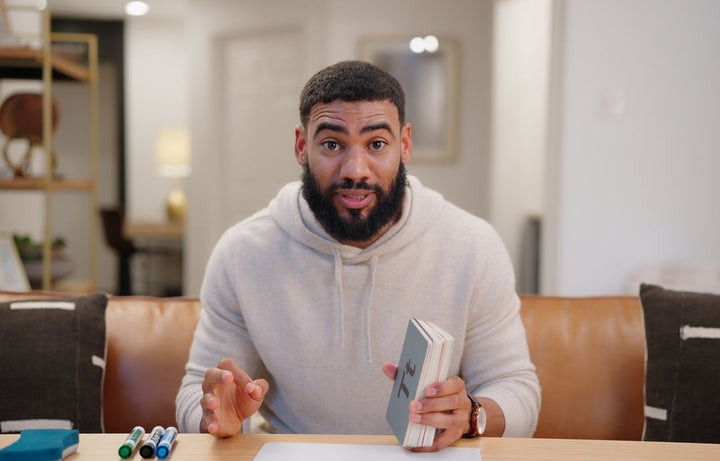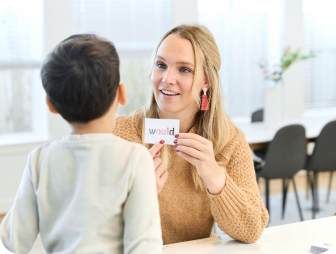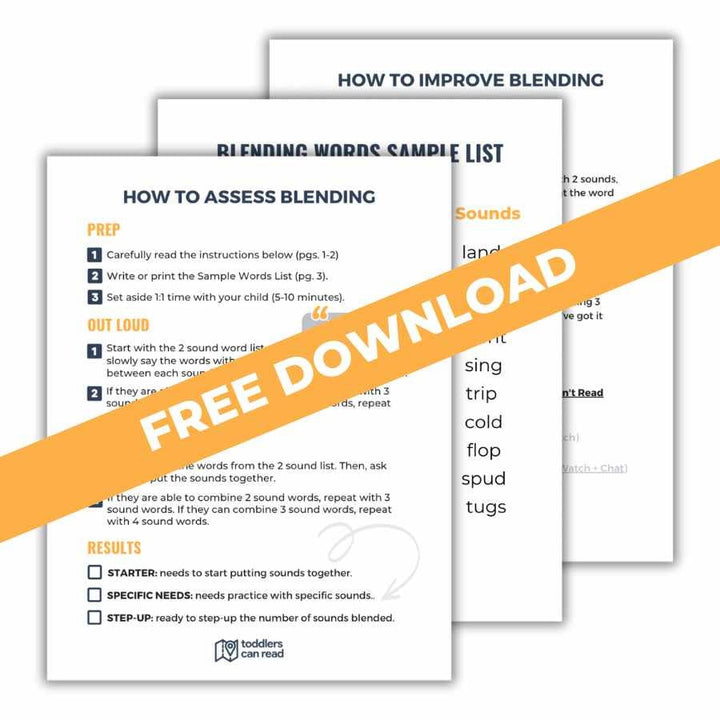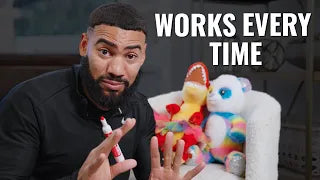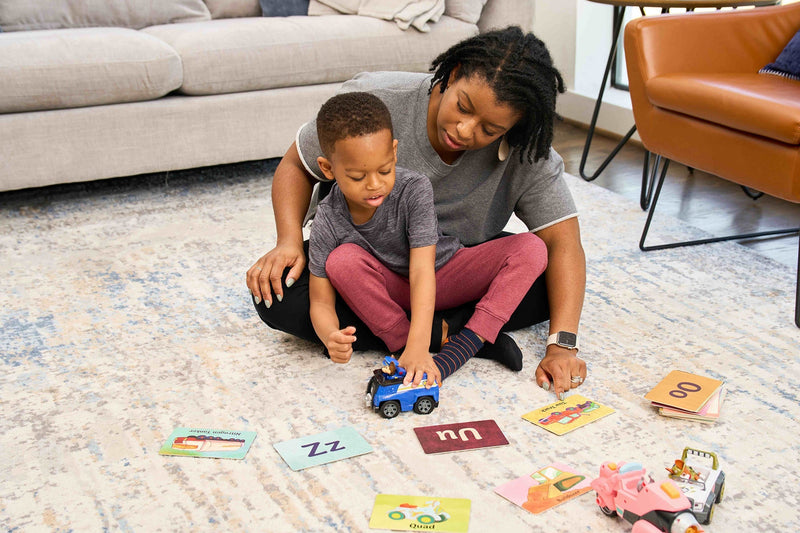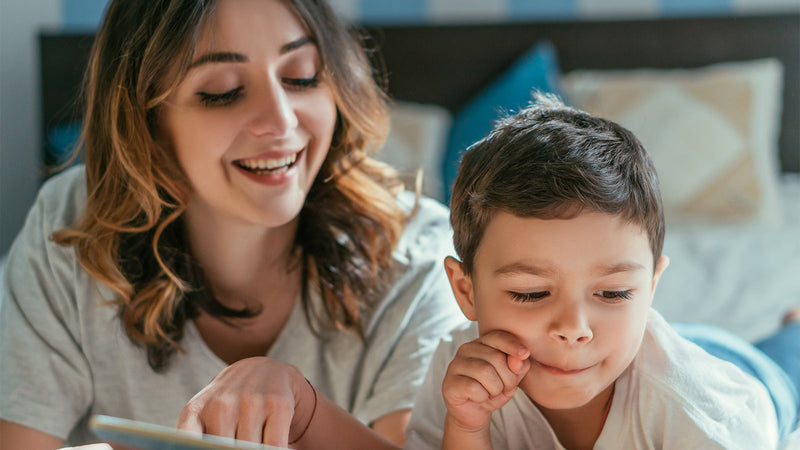Many of us think learning to read has to be really hard. But that's only because most of us were taught in complicated and confusing ways!
After working with thousands of families and teaching hundreds of kids how to read, I can promise you that teaching a child how to read is a lot simpler than most folks think.
In this blog post, I walk you through everything you need to get started.
What You Need to Teach Reading
To be honest, you really don't need much of anything to get started with reading!
I like to have a dry-erase board, marker, eraser, and letter flashcards on hand when I'm teaching. But if you don't have those things, it's OK! You can use things you already have at home, too: a piece of paper, a writing utensil, and homemade sound flashcards will work just fine.
How to Teach Reading
To teach reading well, it's important to understand how learning to read actually works. You may be surprised to learn it's not about memorizing sight words! Instead, at the most basic level, our little ones learn how to read by following three simple steps:
Step One: Teaching the Letter SoundsShow your child two or three letter sounds at a time and practice them for a few minutes a day until they've mastered them. Once they've mastered those, introduce two or three more.
You'll know your little one has mastered a sound when they can identify it quickly, accurately, in any order, at any time.
Step Two: Blending the Sounds Together into WordsMany little ones master letter sounds quickly. But knowing letter sounds isn't enough to get your child reading independently. They need to learn how to blend sounds first.
Kids often get stuck here—not because blending is "hard," but because parents try to teach too much too soon. A more helpful strategy is to start small and slow: Say two sounds and have your little one blend them together out loud.
The blending out loud stage is key for two reasons. First, it helps our little ones understand what we're asking them to do., Second, blending out loud builds phonemic awareness skills—which are the building blocks of reading
Once blending two sounds out loud becomes easy for your little one, then have them start blending two sound words written down. After that, move to three sounds out loud, then written down. And so on!
Step Three: Practice More Advanced Letter Sounds and SpellingsAfter your little one becomes a pro at blending basic letter sounds, they'll be ready to learn more advanced phonics sounds, like long vowel sounds and digraphs (two letters that combine to make one sound, like /ph/).
But don't let the word advanced intimidate you.You can teach harder phonics sounds in exactly the same way you taught the basic ones: two or three at a time, with plenty of practice blending.
Set Your Little One Up For Success
The goal of teaching your little one to read is for them to be able to read any word, not just words they memorized using flashcards or pictures.
Following these three steps will set your child up to become a successful reader who can confidently read any book you put in front of them.
Need more support? My free Beginning Reading Workshop breaks this down even further to give you a step-by-step guide to getting started at home—and helping you avoid common mistakes when teaching reading.
In only 30 minutes, I give you all the tools you need to become a confident teacher for your little one. No matter how complicated it might seem, you have everything it takes to grow a successful reader.



